Ethereum (ETH): The Ultimate Gateway to Web3 Profits
Discover Ethereum (ETH), the world’s second-largest cryptocurrency. Learn its history, benefits, risks, and future vision in our Grind Basics guide.
By Yaser | Published on September 14, 2025

The Birth of Ethereum
Ethereum was launched in 2015 by Vitalik Buterin and a group of visionary developers. Unlike Bitcoin, it was designed not only as digital money but also as a platform for decentralized applications (dApps). This innovation made Ethereum a game-changer in the crypto space, opening new doors for blockchain technology and financial systems.
Vision of Vitalik Buterin
Vitalik wanted more than just peer-to-peer payments. His idea was to create a programmable blockchain where developers could build apps without needing intermediaries.
Early Support and Community Growth
The Ethereum project gained early support through a public crowd sale, where investors funded the idea, helping it rapidly grow into the second-biggest cryptocurrency.
Differentiating from Bitcoin
While Bitcoin focused on being digital gold, Ethereum focused on flexibility, programmability, and decentralized innovation, making it stand out early.

Ethereum’s Core Technology
Ethereum introduced smart contracts, self-executing agreements coded directly into the blockchain. This allowed developers to build platforms across industries, from finance to gaming. Ethereum’s blockchain is powered by its native currency, ETH, which fuels transactions and smart contract execution.
Smart Contracts Explained
Smart contracts are digital agreements that run automatically when conditions are met, removing the need for banks, lawyers, or middlemen.
Decentralized Applications (dApps)
Developers worldwide use Ethereum to build dApps—applications that run on blockchain networks instead of centralized servers.
The Role of ETH
ETH is the “fuel” of Ethereum. Every action—whether sending tokens, deploying a contract, or using dApps—requires ETH to pay gas fees.

Ethereum 2.0 and Proof of Stake
To solve scalability and energy issues, Ethereum transitioned in 2022 from Proof of Work to Proof of Stake, known as “The Merge.” This upgrade reduced energy consumption and improved transaction efficiency, securing Ethereum’s place as a sustainable blockchain for the future.
The Merge Explained
The Merge replaced energy-heavy mining with staking, making Ethereum more eco-friendly and attractive to institutional investors.
Energy Efficiency Gains
Ethereum now consumes over 99% less energy, solving one of the biggest criticisms of blockchain technology.
Faster and Secure Transactions
Proof of Stake ensures quicker confirmations and stronger network security, encouraging broader adoption worldwide.
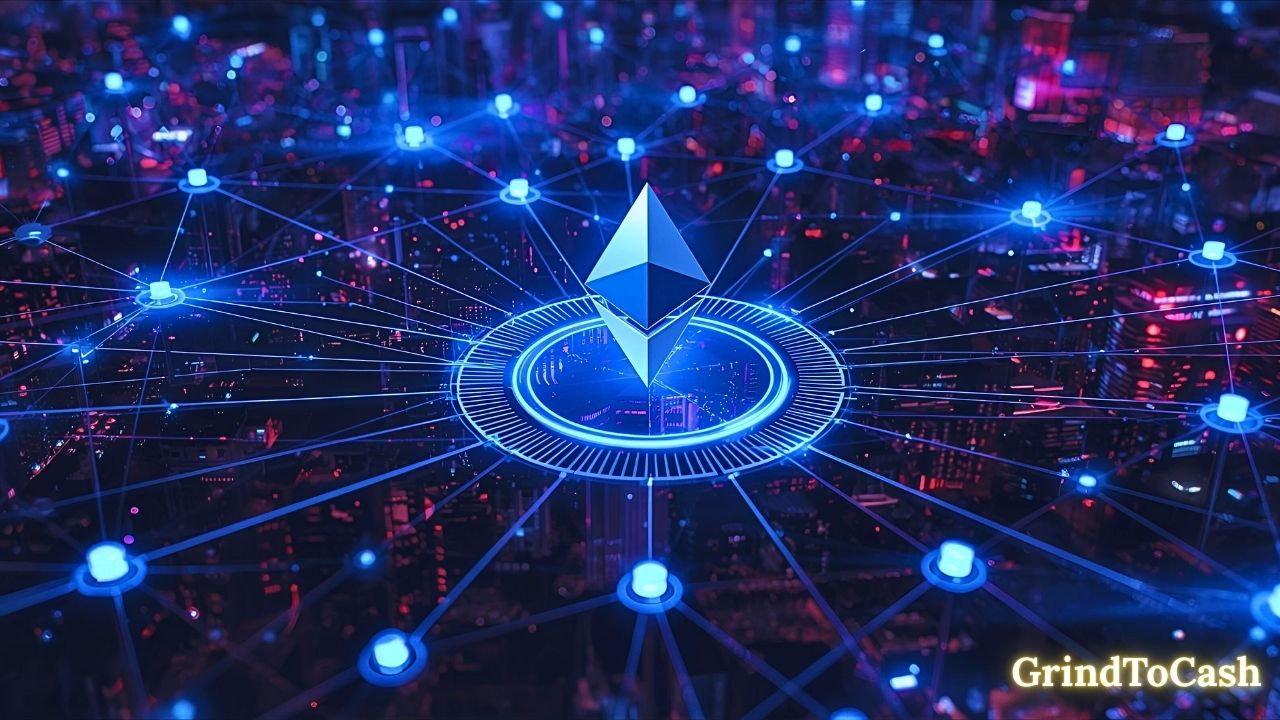
Benefits of Ethereum
Ethereum offers flexibility, innovation, and adoption at a scale few blockchains can match. Its ecosystem powers DeFi, NFTs, and Web3. These strengths make it a vital part of the crypto economy.
Innovation Hub
Ethereum is the go-to blockchain for new ideas, from decentralized finance platforms to cutting-edge NFT marketplaces.
Widespread Adoption
Millions of users and businesses rely on Ethereum daily, making it one of the most trusted networks in crypto.
Strong Developer Community
Ethereum’s developer base is the largest in crypto, constantly improving the network and building new tools.

Ethereum isn’t perfect: Challenges on the Road to Web3
While Ethereum is a leading force in the blockchain world, it faces real limitations that cannot be ignored. High gas fees, network congestion, and stiff competition from faster rivals create challenges for both developers and users. However, what makes Ethereum stand out is its resilience and ability to adapt through constant upgrades and innovations. These hurdles are not roadblocks but rather opportunities for Ethereum to evolve into a stronger, more scalable, and more user-friendly network.
High Gas Fees
Ethereum transactions often come with significant costs, especially during peak hours when the network is congested. For small traders or everyday users, paying tens of dollars just to move assets can be frustrating. This has pushed many people to seek alternatives on other blockchains that offer lower fees. Yet, the high demand for Ethereum transactions also highlights its popularity and trust. Developers are actively addressing this through layer-2 solutions, which aim to dramatically cut transaction costs while keeping Ethereum’s security intact.
Scalability Problems
Scalability is one of Ethereum’s biggest struggles. The network was not originally built to handle millions of transactions per second, and as usage grew, delays and slow confirmations became common. This bottleneck prevents Ethereum from unlocking its full potential in global adoption. However, solutions are on the horizon. Technologies like rollups and sharding are designed to increase throughput and improve efficiency. While the transition takes time, Ethereum’s roadmap shows a clear path toward becoming a blockchain capable of handling mass-scale adoption.
Competition from Rivals
Ethereum is no longer the only smart contract platform in the market. Blockchains like Solana, Avalanche, and Polkadot attract developers with cheaper fees and faster speeds. These competitors are pushing Ethereum to innovate faster, which in turn benefits the whole crypto space. Despite this competition, Ethereum’s first-mover advantage, robust developer community, and unmatched ecosystem keep it at the top. Rivals may attract attention, but Ethereum’s dominance and continuous upgrades make it difficult to dethrone.
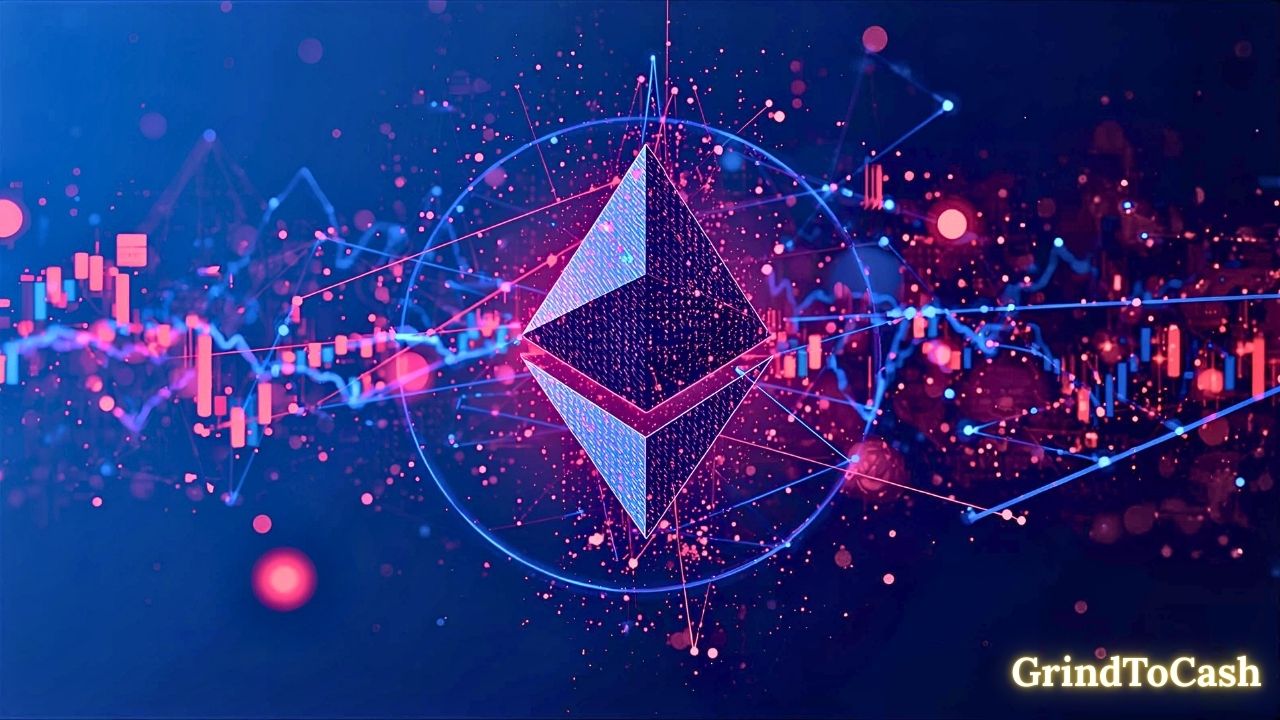
Ethereum in DeFi: The Financial Revolution
Decentralized Finance (DeFi) has become one of the strongest proofs of Ethereum’s power. It removes the need for banks and intermediaries, letting users trade, lend, borrow, and earn interest directly on the blockchain. With billions of dollars locked into DeFi protocols, Ethereum has become the financial backbone of the crypto economy. The flexibility of smart contracts allows for endless innovation, making Ethereum the go-to platform for developers who want to reshape the global financial system.
Decentralized Exchanges (DEXs)
Ethereum is home to decentralized exchanges like Uniswap, which changed how people trade tokens forever. Instead of relying on centralized platforms, users can swap assets instantly and securely with just a wallet. This innovation has eliminated barriers, empowered individuals, and created a more open financial world. The success of DEXs also proves how powerful Ethereum’s smart contracts are in building real-world financial tools.
Lending and Borrowing Platforms
Platforms like Aave and Compound let users lend their crypto to earn interest or borrow assets without needing credit checks or banks. These services function entirely on smart contracts, which means they are secure, transparent, and accessible to anyone worldwide. For many people in countries without stable banking systems, Ethereum-based lending has become a real lifeline and a path to financial inclusion.
Stablecoins on Ethereum
Stablecoins like USDT and USDC are crucial to DeFi, and most of them run on Ethereum. They bring stability to the highly volatile crypto market, making it easier for users to trade, invest, and transact. Their integration into Ethereum DeFi platforms has created a liquid and trusted environment where billions of dollars flow daily. Without Ethereum, stablecoins would not have achieved such global influence.
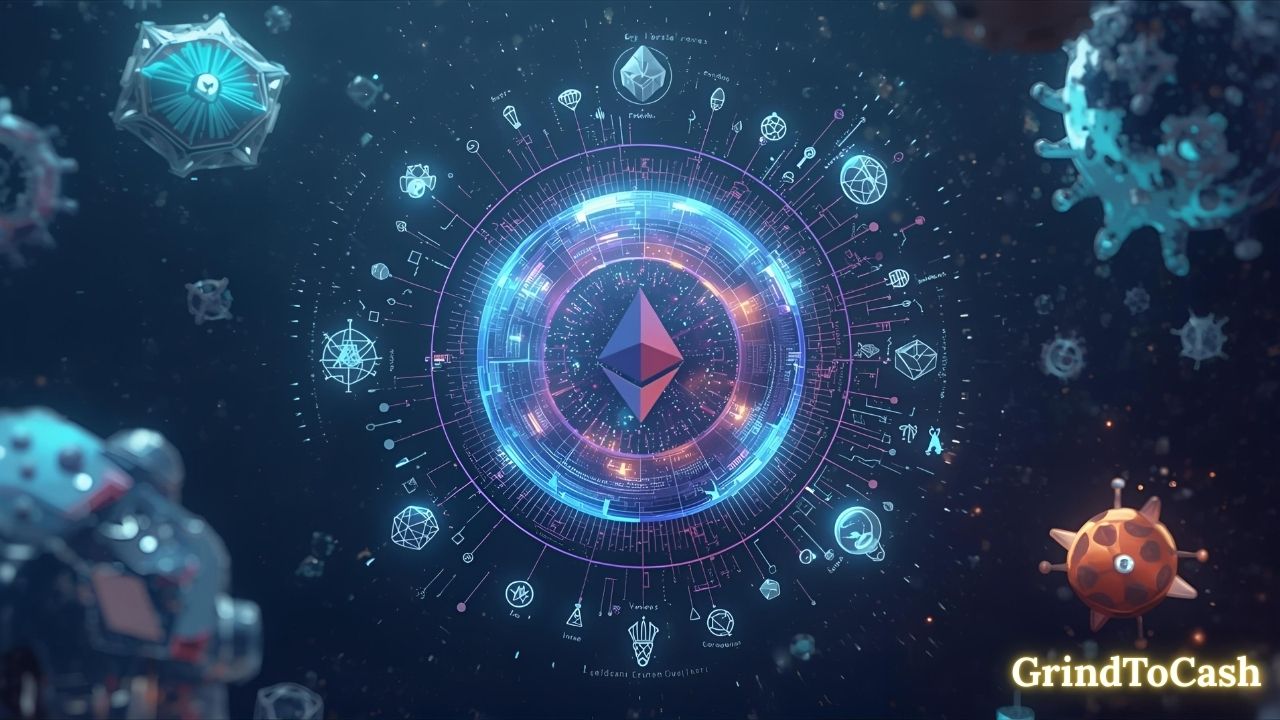
Ethereum and NFTs: Building the Digital Economy
Ethereum is the undisputed leader in the Non-Fungible Token (NFT) revolution. From art to gaming to metaverse projects, Ethereum provides the infrastructure for digital ownership and innovation. NFTs on Ethereum represent far more than images — they are programmable assets that can store value, grant access, or represent real-world items. This has opened up entirely new industries and allowed creators worldwide to monetize their work like never before.
Digital Art Marketplaces
OpenSea and similar platforms have exploded in popularity, connecting digital artists with global collectors. Ethereum’s blockchain provides proof of ownership, making digital art verifiable, tradeable, and secure. This innovation has empowered creators who previously had limited ways to sell their art. The NFT boom also proved that Ethereum could support not just finance, but culture and creativity on a massive scale.
Gaming and Metaverse Assets
NFTs are also revolutionizing gaming and the metaverse. In-game items, virtual land, and digital avatars on Ethereum have real-world value and can be traded freely. This shift gives players true ownership of their assets, something traditional gaming never offered. The rise of metaverse projects has only strengthened Ethereum’s role in shaping the future of entertainment and virtual economies.
NFT Standards (ERC-721)
Ethereum’s ERC-721 standard set the foundation for the entire NFT industry. By defining how NFTs should be created and transferred, it established trust and uniformity across projects. Without this standard, the explosive growth of NFTs would not have been possible. ERC-721 turned Ethereum into the global hub for digital collectibles, art, and beyond.
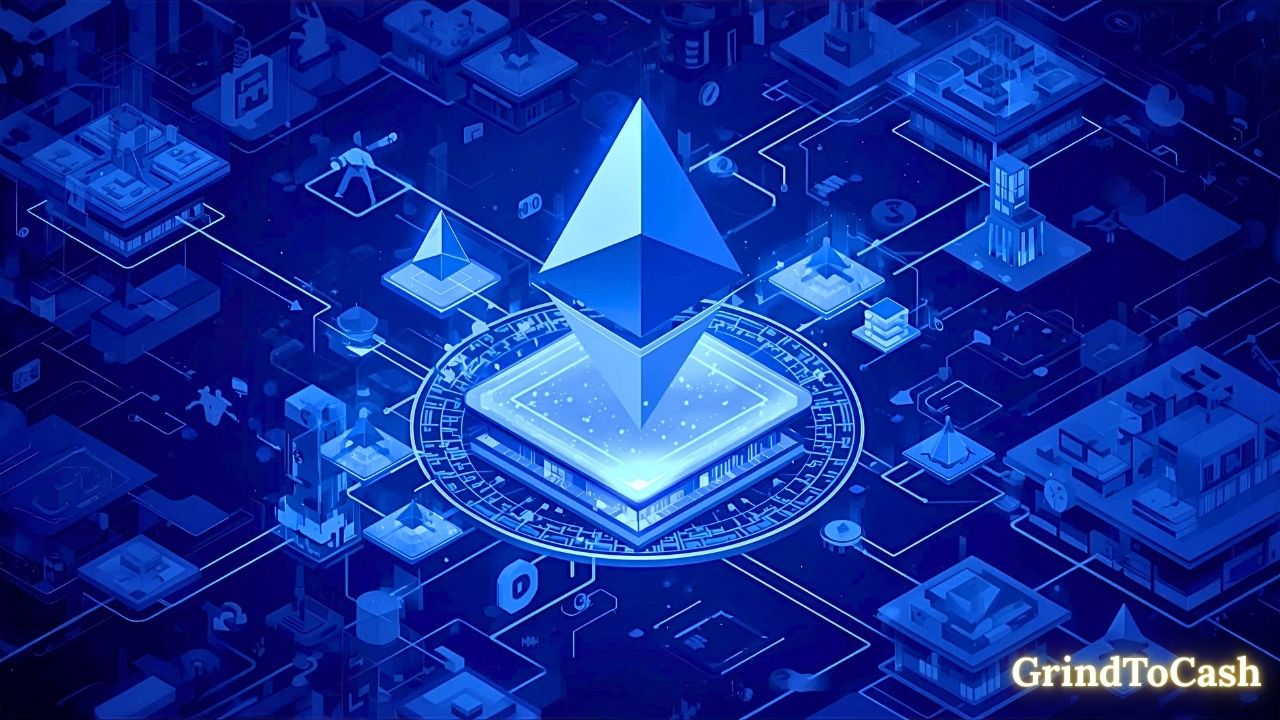
Ethereum’s Future Vision: Scaling and Web3 Leadership
Ethereum is not standing still. Its roadmap includes groundbreaking upgrades that aim to make the network faster, cheaper, and more sustainable. With Ethereum 2.0, sharding, and layer-2 scaling solutions, the blockchain is preparing for mass adoption. Beyond finance, Ethereum is positioning itself as the foundation of Web3, a decentralized internet where users control their data, identity, and assets. The future of Ethereum is not just about transactions—it’s about building the digital society of tomorrow.
Sharding Technology
Sharding will split Ethereum into multiple smaller chains that process transactions in parallel. This will dramatically increase speed and reduce costs, enabling millions of users to transact simultaneously without congestion. Once fully implemented, sharding could transform Ethereum into a truly global-scale blockchain.
Layer-2 Growth
Layer-2 networks such as Arbitrum, Optimism, and zkSync are already improving Ethereum’s performance. They process transactions off-chain and then secure them on Ethereum, making the system cheaper and faster. This innovation is critical for scaling Ethereum while preserving its strong security model. The growth of these solutions shows how Ethereum is evolving in real time.
The Role in Web3
Ethereum’s vision goes beyond finance. It aims to power decentralized apps (dApps), digital identity systems, and decentralized governance tools. This makes it the backbone of Web3—a new internet where users are in control. By combining programmability, security, and decentralization, Ethereum is shaping the foundation of the digital future.
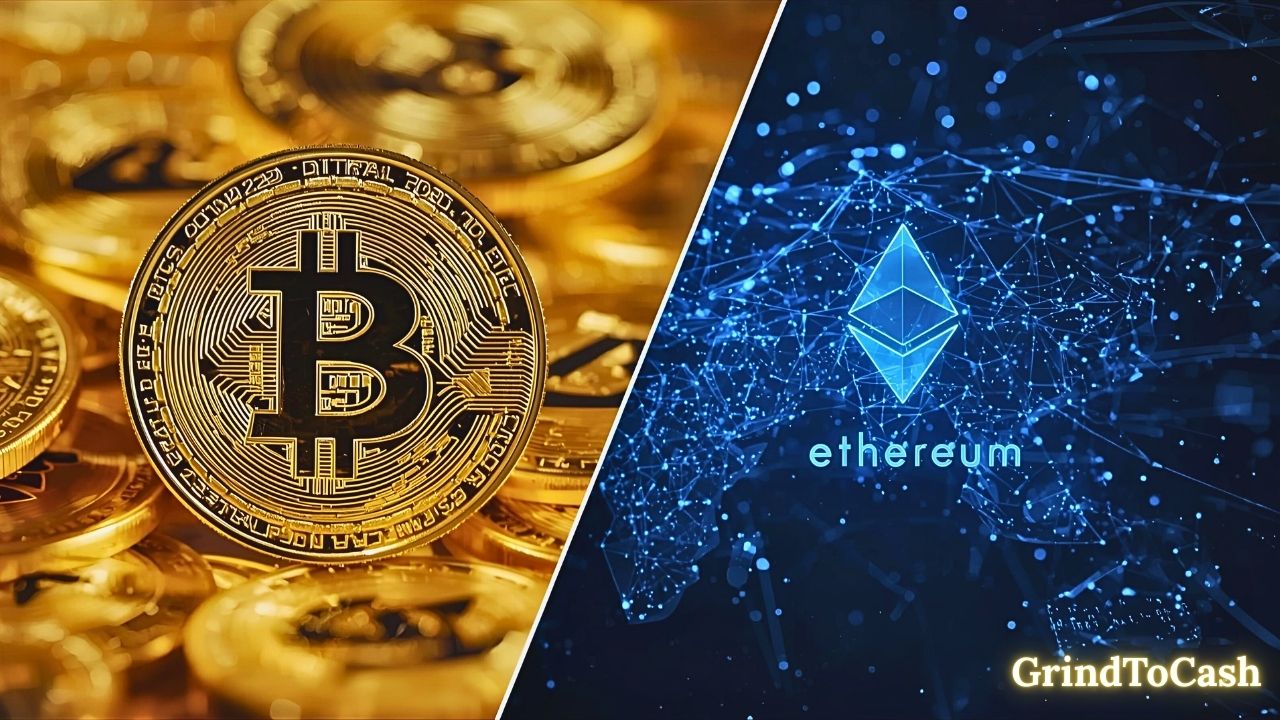
Ethereum vs. Bitcoin: Two Giants, Different Purposes
Ethereum and Bitcoin dominate the crypto world, but they serve different purposes. While Bitcoin is widely known as “digital gold,” Ethereum has positioned itself as a decentralized computer for global innovation. Instead of competing directly, the two complement each other in building a stronger digital economy. Together, they form the twin pillars of cryptocurrency adoption and blockchain evolution.
Different Purposes
Bitcoin’s mission is simple: to be a secure, decentralized store of value. Ethereum, on the other hand, offers programmability through smart contracts, allowing developers to build applications that go far beyond payments. This difference makes Ethereum more versatile, while Bitcoin remains the ultimate symbol of security and scarcity.
Flexibility vs. Security
Ethereum’s flexibility enables innovation across industries—from DeFi to NFTs—but it also introduces more complexity and potential risks. Bitcoin, with its simpler design, offers unmatched security and reliability. Both have strengths, and their coexistence shows how diverse the crypto ecosystem can be.
Coexistence in the Market
Ethereum and Bitcoin are not enemies. They attract different users and serve complementary roles. Investors often hold both because they represent different kinds of value. Instead of replacing each other, they work together to expand the adoption and legitimacy of cryptocurrency worldwide.
Conclusion: Ethereum as the Foundation of the Digital Era
Ethereum remains the second-most powerful blockchain in the world, and its influence reaches far beyond cryptocurrency. From finance to digital ownership to the metaverse, Ethereum powers innovation across industries. With its ongoing upgrades, Ethereum is becoming faster, greener, and more accessible. For investors, developers, and enthusiasts, Ethereum is more than just a digital asset—it is the foundation of a new internet and the gateway to Web3 profits. Its journey may face challenges, but its resilience and vision guarantee a leading role in shaping the future of our digital world.









